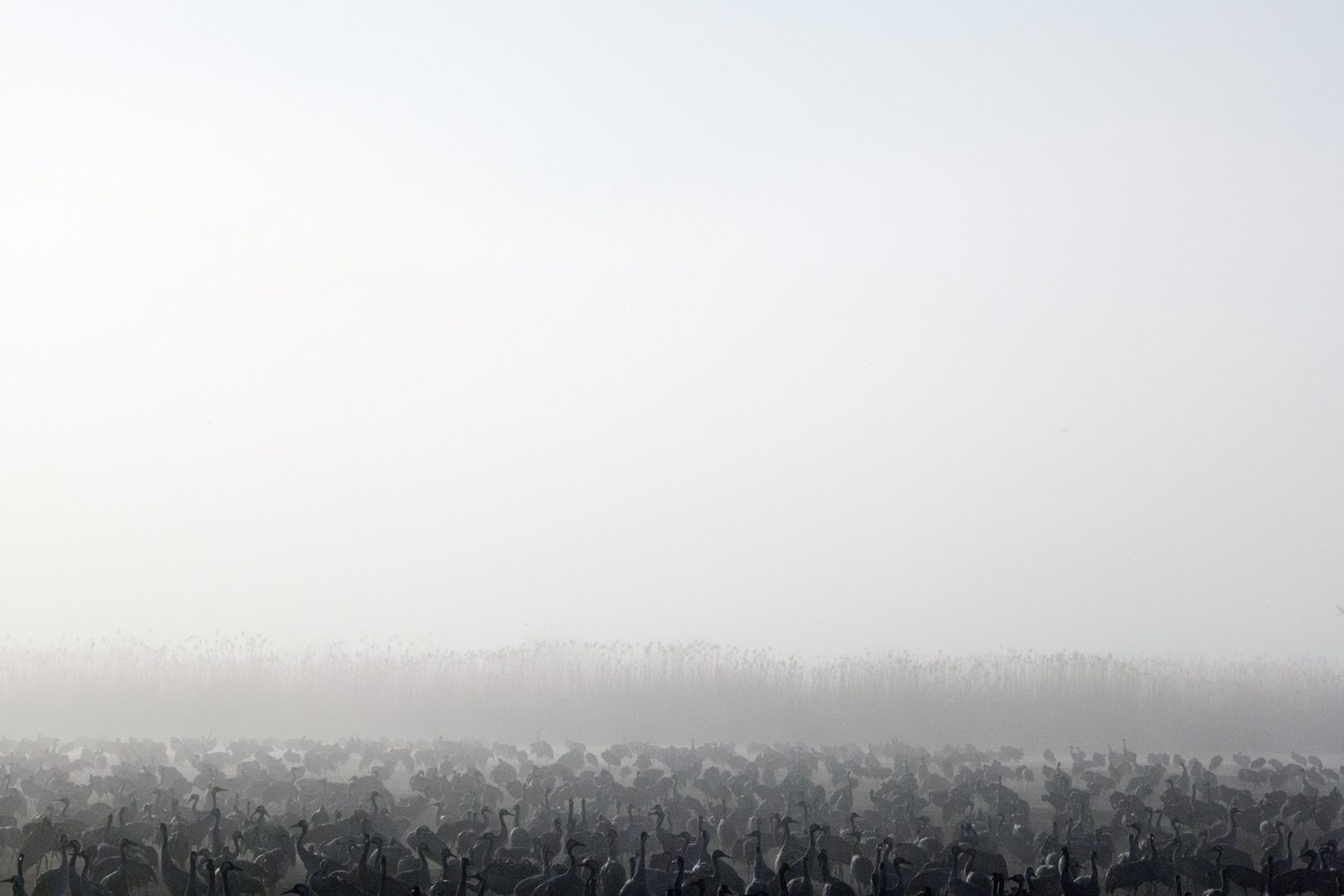Welcome to the Social Art Award 2025 – Online Gallery!
🌊 Dear friends of art and transformation, 🌊
A heartfelt thank you to all artists and creatives who submitted their powerful works for this year’s Social Art Award under the theme: “Planetary Healing – Blue Tribes for Ocean Health.” Your inspiring visions speak to ocean restoration, biodiversity, and reimagining our coexistence with all life forms on Earth.
After receiving 922 submissions from across all continents, and concluding a very active public voting phase, the Social Art Award now enters its next chapter:
🔹 What’s next?
The professional jury panel is currently reviewing and selecting the TOP 100 entries that will be featured in the official Social Art Award 2025 book. In parallel, the two public voting winners will move forward as wildcards into the final jury round.
🔹 Coming up:
-
Shortlisted artists (TOP 10) will be announced by mid-June.
-
Winners of the Social Art Award 2025 will be revealed at our Online Award Ceremony on July 2, 2025.
We invite you to stay connected as we celebrate the power of Social Art to drive dialogue, awareness, and collective transformation.
Let’s continue to amplify art as a force for Planetary Healing.
Cranes
Vardit Goldner
Common cranes used to migrate from Europe and Asia to Africa in autumn and back in spring. Many of them would stop for a break at the Hula (a small lake located in the north of Israel) and resume their journey the following day. As the lake’s surrounding is replete with agriculture (such as corn and fish), the cranes used to feast on them and continue on their way. In order to save the crops, the cranes are now fed proactively, every morning. As a result, the cranes stopped causing damage to nearby agriculture, but many cranes are now addicted to the food provided to them and prefer to stay in the area in the winter, rather than resume their migration to Africa. In the winter of 2021-2022 the cranes were plagued by bird flu. Due to so many cranes being packed into close quarters, roughly 10,000 died. More photos from the series “Cranes”.
Common cranes used to migrate from Europe and Asia to Africa in autumn and back in spring. Many of them would stop for a break at the Hula (a small lake located in the north of Israel) and resume their journey the following day. As the lake’s surrounding is replete with agriculture (such as corn and fish), the cranes used to feast on them and continue on their way. In order to save the crops, the cranes are now fed proactively, every morning. As a result, the cranes stopped causing damage to nearby agriculture, but many cranes are now addicted to the food provided to them and prefer to stay in the area in the winter, rather than resume their migration to Africa. In the winter of 2021-2022 the cranes were plagued by bird flu. Due to so many cranes being packed into close quarters, roughly 10,000 died. More photos from the series “Cranes”.



